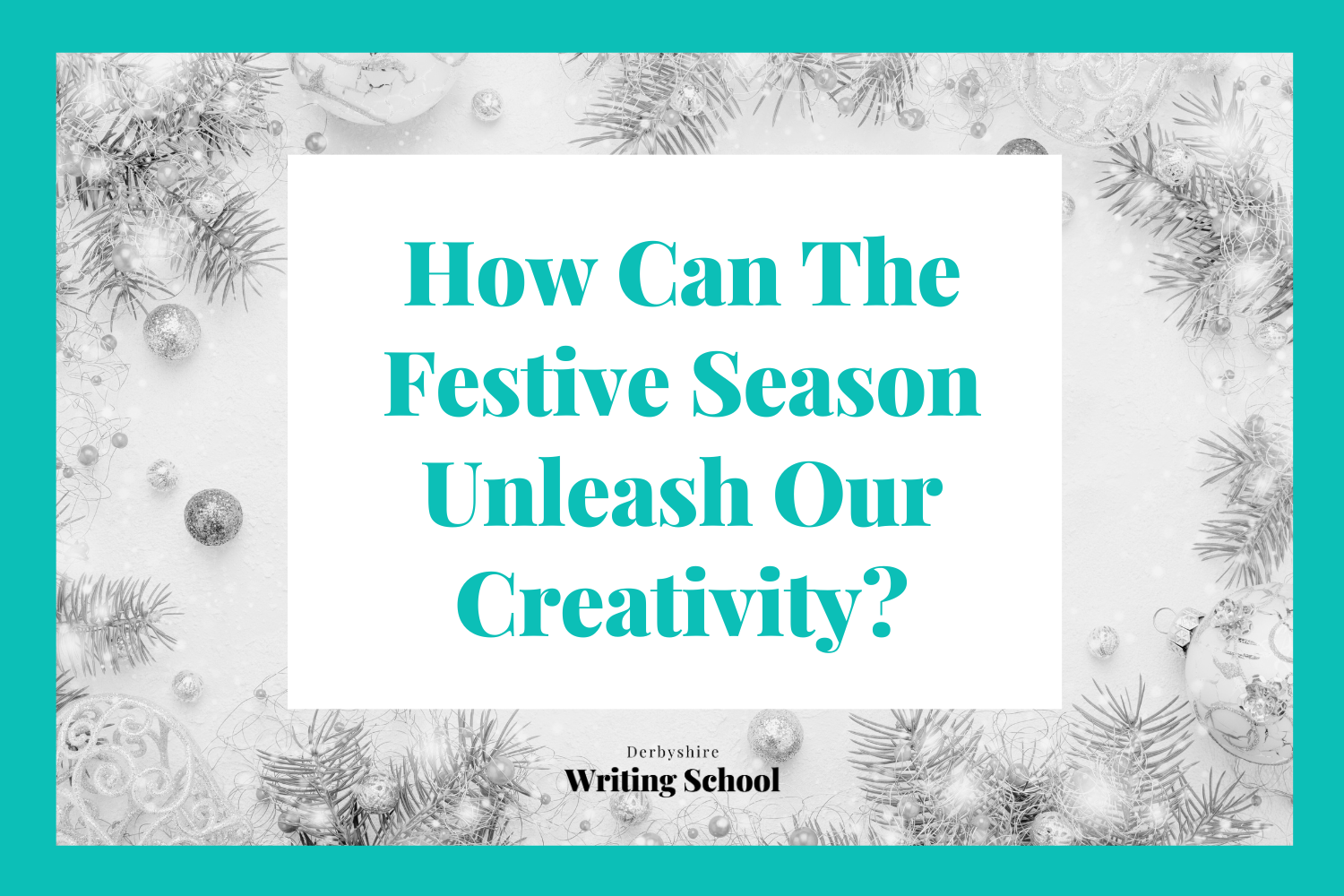How Can We Use Third Person Narrative To Create A Wonderful Story?
Third-person narration is a popular choice for lots of writers. But what does it actually mean?
With the third-person perspective, a story can follow multiple characters and story threads, rather than focusing on just one. Characters are typically referred to using the third-person pronouns, ‘he’, ‘she’, and ‘they,’ or their actual names and it can help you create a wonderful story by bringing the setting and characters to life.
Through the different strands it offers, it can be both distinct from, and share similarities with, the first-person perspective. Whether it’s a God-like omniscient narrator who knows everything or the unique way it gives access to a single character’s thoughts and feelings, it can be a powerful tool for our stories. This creative writing blog will explore how we can use it effectively.
What are our options when it comes to using third-person narration? Let’s take a look…
What is omniscient third-person narration?
This is where our narrator is an all-seeing, all-knowing figure. They know everything about the characters and the events that have taken place. One example of this type of narration is the classic Pride and Prejudice by Jane Austen.
One benefit of this method is the freedom it provides, as the narrator can move freely between different characters (head-hopping, as it’s sometimes called). The narrator can know information and secrets, to which the characters are oblivious.
However, it can feel like information overload if we try to make the narrator too omniscient, too all-knowing. The reader may feel drowned in details if we try to tell them every single thought that runs through our characters’ heads.
What is limited omniscient third-person narration?
Whilst still maintaining the third-person style, this method instead focuses on tracking the thoughts and feelings of a particular character. However, there are no limits to this, and you can weave in and out of different character’s thoughts. But it’s more than likely that you might focus on one character.
One of the interesting points about this technique is that it still offers the intimacy of the first-person, without being stuck inside a character’s head. We can still maintain focus on a character, yet we’re free to move about too and to explore the world they live in, through eyes other than their own. A very famous example of this is the Harry Potter books.
Limited omniscient narration allows us to learn more about setting and atmosphere as the narrator can describe as much, and as often, as they like. Otherwise, we only see the world through our character’s eyes.
What is third-person objective narration?
Now the third-person objective narrative, if used well, can be extremely effective. It allows the narrator to become a character in their own right. They are neutral with no bias towards any character, they merely retell what they see. They are an observer, and this can allow the reader to feel like a secret spy. Eavesdropping or on a whole story.
Third-Person Writing Tips
Consistency is key!
One of the most important creative writing techniques we can practice is consistency, and this is definitely something to remind ourselves of when it comes to the narrative voice through which we are telling our story.
If we write one sentence from the perspective of an omniscient narrator, and the next one through the eyes of our protagonist, it can be a sharp and jarring experience for the reader. It’s crucial to maintain that particular voice you’re writing in throughout that section.
So, what are some of the advantages third-person narration offers?
Flexibility
One of the significant advantages of the third-person is the flexibility it allows us as writers. We can choose to fluctuate between different character’s points of view or to live outside our character’s minds and poke around in the world they live in. We have options.
We can choose to maintain objectivity or offer insight into a number of our characters and increase the empathy a reader might feel. The possibilities are endless. It’s all about discovering which style feels right for your story. It’s important to remember that there’s no right or wrong choice. It’s all about you, and the story you want to tell.
A different challenge
Particularly with the omniscient narration, the third-person is a good way of maintaining a more neutral perspective within our stories. We don’t necessarily have an unreliable narrator at work in this instance. Our narrator, unlike a story, told to us completely from the protagonist, might not have any personal stakes in the story. This allows the reader to make up their own mind about a story and the characters alive within it.
Instead, we are offered a different, but equally exciting, experience. Omniscience can be a way to challenge and practice our creativity, a way to explore different ways of delivering information to readers.
That’s the beauty of creative writing. It offers us an infinite number of possibilities.
Your Story Voice
So, how do you feel about third-person narration? Do you enjoy using it in your stories, or is it something you don’t use very often? If it isn’t the voice, you typically go for, why not take your writer’s mindset in a different direction and experiment with it? We’d love to know how you get on! Let your wonderful ideas flow and see where they take you.













